Contents
Guide
Food and wine and friendship matter more than almost anything I can think of. Together they involve skill and craft and patience, and understanding of difference, and appreciation, and the desire to bring happiness to others.Stephanie Alexander As the famed Australian chef Stephanie Alexander points out, the power of food knows no bounds. Food and, more specifically, recipes transcend time. Recipes are passed down for generations, weaving the past with the present, enabling memories, skills, tradition and, perhaps most importantly, love to be carried through time. And more than that, food brings people together across age, culture and income it is the one language that everyone in the world speaks. This language we talk of is first learnt in the home with family and loved ones.
Whether its becoming particularly fond of your mothers famous roast, learning to make your grandmothers apple pie, spending a day in the kitchen with your aunt preparing a Christmas feast, catching a fish and cooking it with your dad, or simply gathering around to share a meal, cooking is part of the fabric that entwines families together. Thus, food, cooking and eating become the rituals, traditions and cherished memories that families pass down their lineage. Sharing food makes us, shapes us and ensures that life doesnt break us. To celebrate this, we have decided to create the first Over60 cookbook. From recipes born out of living off rations during the war, to Country Womens Association baking competitions, cooking is an institution like no other. In this book you can expect a combination of old and new recipes, tradition alongside family secrets and meals for all occasions.
We hope this cookbook offers you a journey through time with a collection of tried and cherished recipes. With a combination of recipes from the Over60 community as well as some weve added these pages will provide even the most novice of cooks the kitchen prowess that seasoned hostesses possess. 
 Thats the beautiful thing about food, it breaks down the barriers.Matt Preston
Thats the beautiful thing about food, it breaks down the barriers.Matt Preston From cooking terms explained to measurement conversions, meet your handy kitchen companion to guide you in the basics of cooking and ensure your time in the kitchen is a breeze. Al dente (al DEN-tay): Pasta that is cooked but still firm, with fine whitish core showing in the middle. This can take between 815 minutes at a rapid boil in an uncovered pan. Bake: To cook in an oven. Bain-marie (bane-mah-REE): A vessel used for keeping food hot prior to service, consisting of a serving pan suspended over hot water. Bake blind (or blind bake): A technique used for baking an unfilled pastry or tart shell. Bake blind (or blind bake): A technique used for baking an unfilled pastry or tart shell.
From cooking terms explained to measurement conversions, meet your handy kitchen companion to guide you in the basics of cooking and ensure your time in the kitchen is a breeze. Al dente (al DEN-tay): Pasta that is cooked but still firm, with fine whitish core showing in the middle. This can take between 815 minutes at a rapid boil in an uncovered pan. Bake: To cook in an oven. Bain-marie (bane-mah-REE): A vessel used for keeping food hot prior to service, consisting of a serving pan suspended over hot water. Bake blind (or blind bake): A technique used for baking an unfilled pastry or tart shell. Bake blind (or blind bake): A technique used for baking an unfilled pastry or tart shell.
The pastry shell is lined with baking paper, weighted down with dry beans, rice or pie weights and baked until its cooked before the filling is added. Batter: A liquefied mixture of flour and milk or water used to make pancakes and pikelets or to coat foods before frying. Beurre (burr): French for butter. Blanch: To drop into boiling water briefly, then drain and cover with iced water to stop the cooking process. Blend: To combine ingredients with a spoon or spatula using a wide circular motion, mixing to a smooth paste. Bon appetit (Boh nap-pay-TEET): French for good appetite, meaning I wish you a good meal, or enjoy your meal. Bouquet garni: A bunch of herbs consisting of parsley, peppercorns, thyme and a bay leaf placed inside a piece of celery and held together with a kitchen twine. Bouquet garni: A bunch of herbs consisting of parsley, peppercorns, thyme and a bay leaf placed inside a piece of celery and held together with a kitchen twine.
This is usually added to stocks, sauces or stews. If dried herbs are used they may be secured in a piece of cheesecloth for easy removal at the end of cooking. Breadcrumbs fresh (also known as soft): Crumbs obtained by mincing fresh bread in a food processor; they are softer and give more texture to breaded foods than dry breadcrumbs. Breadcrumbs dry: Can be prepared by drying fresh breadcrumbs in an oven or you can get store-bought ones in a packet. Brown stock: A richly coloured stock made of bones and vegetables, all of which are caramelised before they are simmered in water with seasonings. Brunoise (Broon-WAH): A small cube of approximately 3 mm. Butterfly cut: To split food, such as boneless meat, fish or shrimp, in half lengthways, leaving the halves joined on one side so that the item spreads open like a book. Butterfly cut: To split food, such as boneless meat, fish or shrimp, in half lengthways, leaving the halves joined on one side so that the item spreads open like a book.
This is used to increase surface area and speed cooking. Chiffonade (Shif-fon-NAHD): To finely shred to approximately 3 mm. Clarified butter (ghee): Purified butterfat; butter is melted and the water and milk solids are removed. Core: To remove the seeds and casings from fruit and vegetables. Usually performed with a metal apple corer or melon baller. Concass (con-cass-AY): Peeled, seeded and diced tomatoes. Creaming: To beat butter and sugar together until light in colour and fluffy in texture. Croutons: Small squares of bread pan-fried in a little butter and oil and usually served with soup. Crown roast: A cut of the lamb primal rack; it is formed by tying the ribs in a circle; the tips can be decorated with paper frills and the hollow centre section filled with a stuffing. Crudits (krew-dee-TAY): Raw vegetables usually served as hors doeuvres accompanied by a dipping sauce. Deglaze: To swirl or stir liquid in a pan to dissolve particles of cooked food remaining on the base of the pan; the resulting mixture often becomes the base for a stock or sauce. Deep fry: To cook in enough oil to completely immerse the food. Deep fry: To cook in enough oil to completely immerse the food.
Unwatched oil can cause kitchen fires, so be sure not to leave this unattended. Demi-glace (dem-me-glass): French for half-glaze and used to describe a reduction of equal parts of brown stock and brown sauce by half. Dice: To cut into small cubes. Du jour (doo-ZHOOR): French for of the day and used to introduce a menu item that is a special for a particular day, such as a soup. Egg wash: A mixture of beaten eggs (whole eggs, yolks or whites) and a liquid, usually milk or water, used as part of the crumbing process, or to coat dough/pastry before baking to add a sheen. fish with a vegetable garnish) enclosed in parchment paper or a greased paper wrapper and baked; the paper envelope is usually split open at the table so the diner can enjoy the escaping aroma. Entre (ahn-TRAY): A dish served before the main course. Espresso (ess-PRESS-oh): An Italian coffee-brewing method in which hot water is forced through finely ground and packed coffee under high pressure; the resulting beverage is thick, strong, rich and smooth, but should not be bitter or acidic. Fillet:

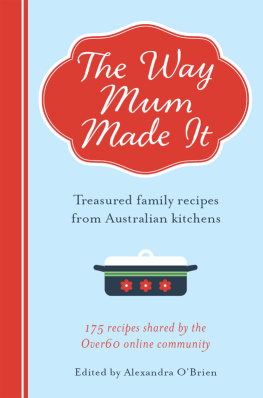
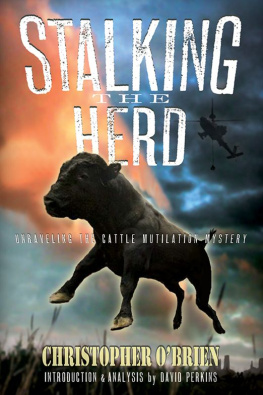
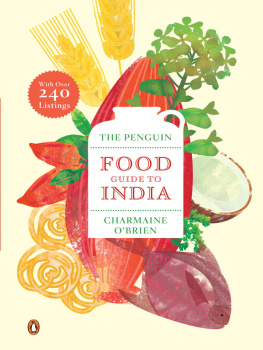


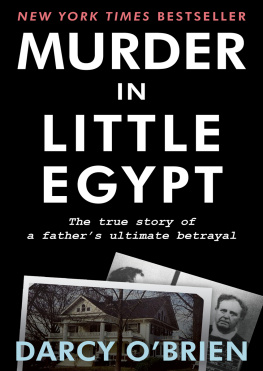
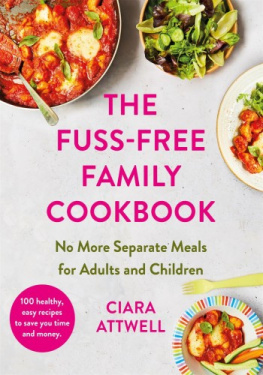
![Jamie Oliver - One: Simple One-Pan Wonders [American Measurements]](/uploads/posts/book/410500/thumbs/jamie-oliver-one-simple-one-pan-wonders.jpg)
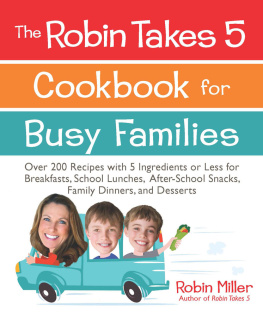
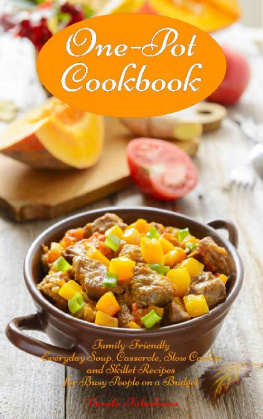
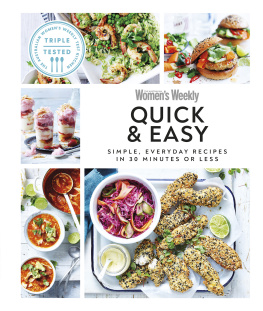

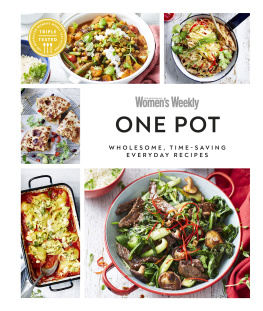
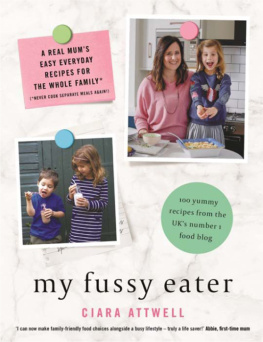
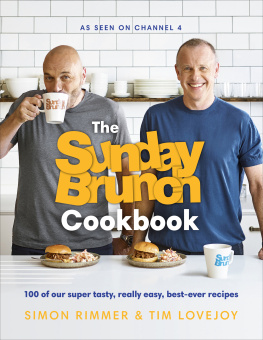
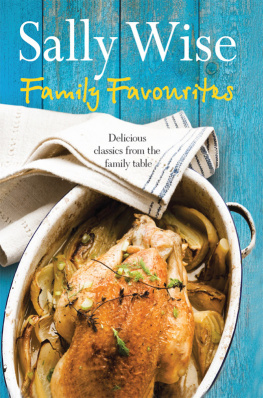
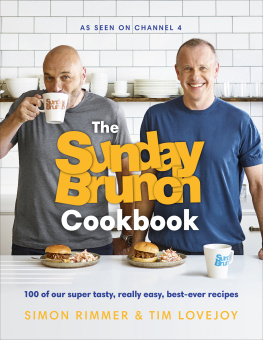
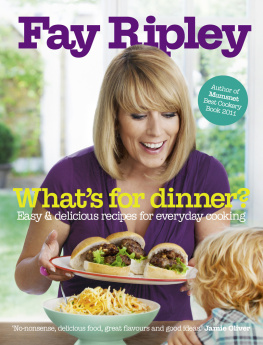
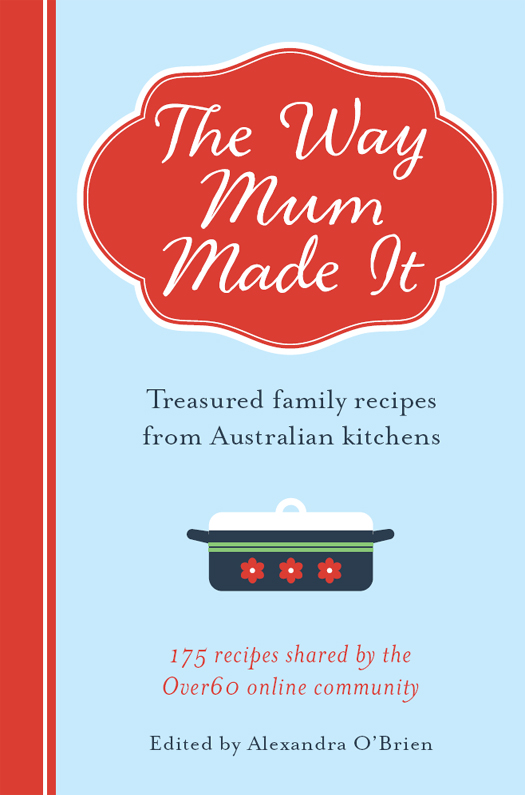

 Thats the beautiful thing about food, it breaks down the barriers.Matt Preston
Thats the beautiful thing about food, it breaks down the barriers.Matt Preston From cooking terms explained to measurement conversions, meet your handy kitchen companion to guide you in the basics of cooking and ensure your time in the kitchen is a breeze. Al dente (al DEN-tay): Pasta that is cooked but still firm, with fine whitish core showing in the middle. This can take between 815 minutes at a rapid boil in an uncovered pan. Bake: To cook in an oven. Bain-marie (bane-mah-REE): A vessel used for keeping food hot prior to service, consisting of a serving pan suspended over hot water. Bake blind (or blind bake): A technique used for baking an unfilled pastry or tart shell. Bake blind (or blind bake): A technique used for baking an unfilled pastry or tart shell.
From cooking terms explained to measurement conversions, meet your handy kitchen companion to guide you in the basics of cooking and ensure your time in the kitchen is a breeze. Al dente (al DEN-tay): Pasta that is cooked but still firm, with fine whitish core showing in the middle. This can take between 815 minutes at a rapid boil in an uncovered pan. Bake: To cook in an oven. Bain-marie (bane-mah-REE): A vessel used for keeping food hot prior to service, consisting of a serving pan suspended over hot water. Bake blind (or blind bake): A technique used for baking an unfilled pastry or tart shell. Bake blind (or blind bake): A technique used for baking an unfilled pastry or tart shell.